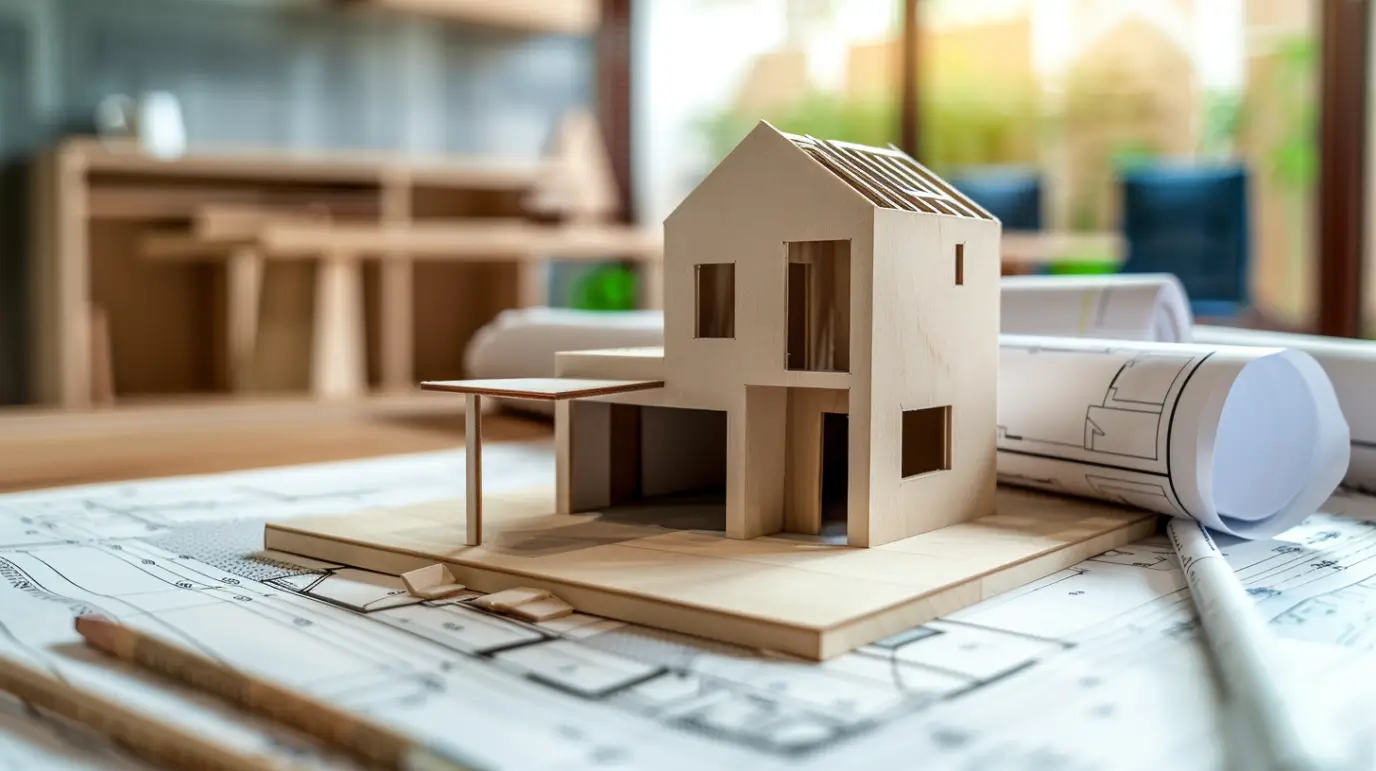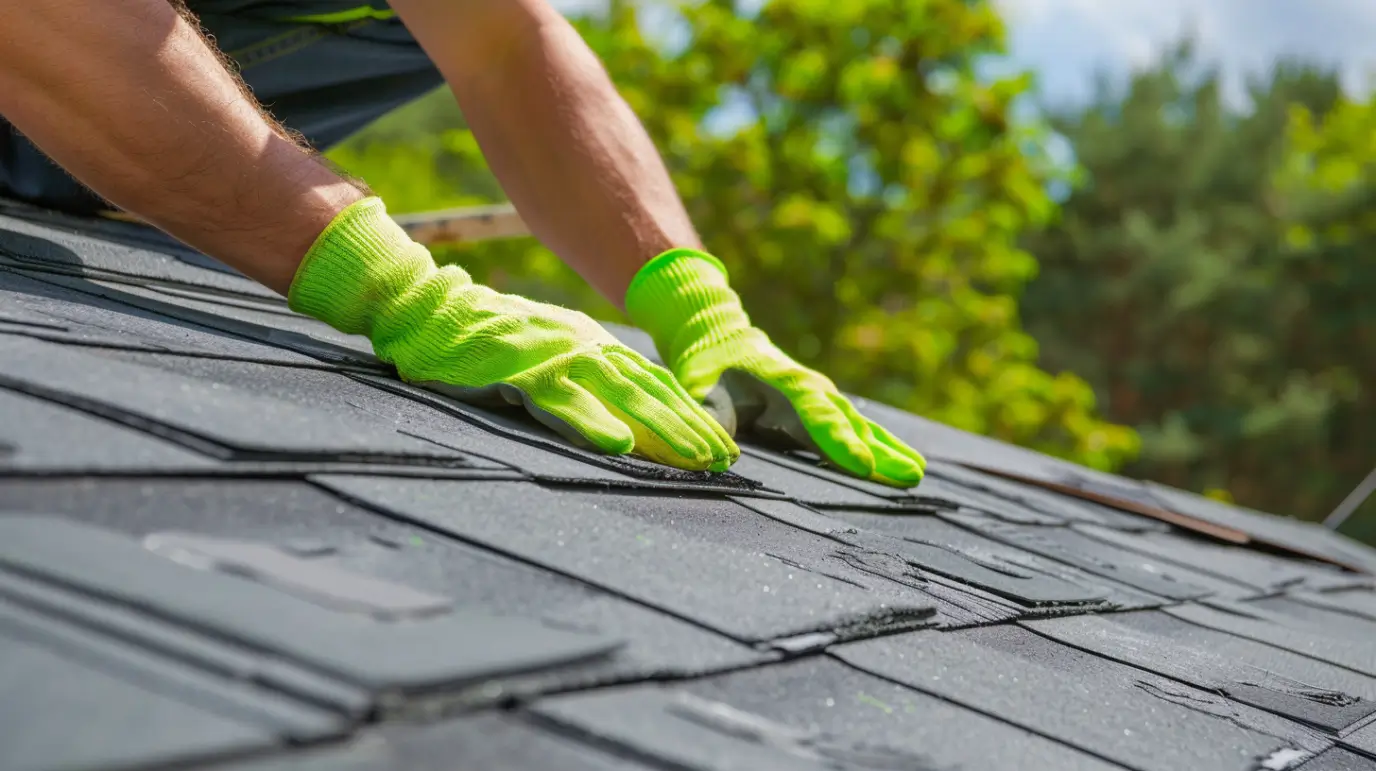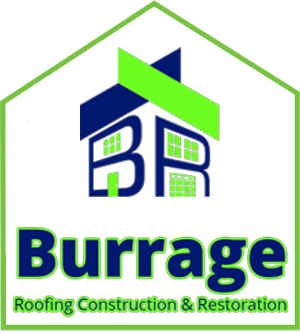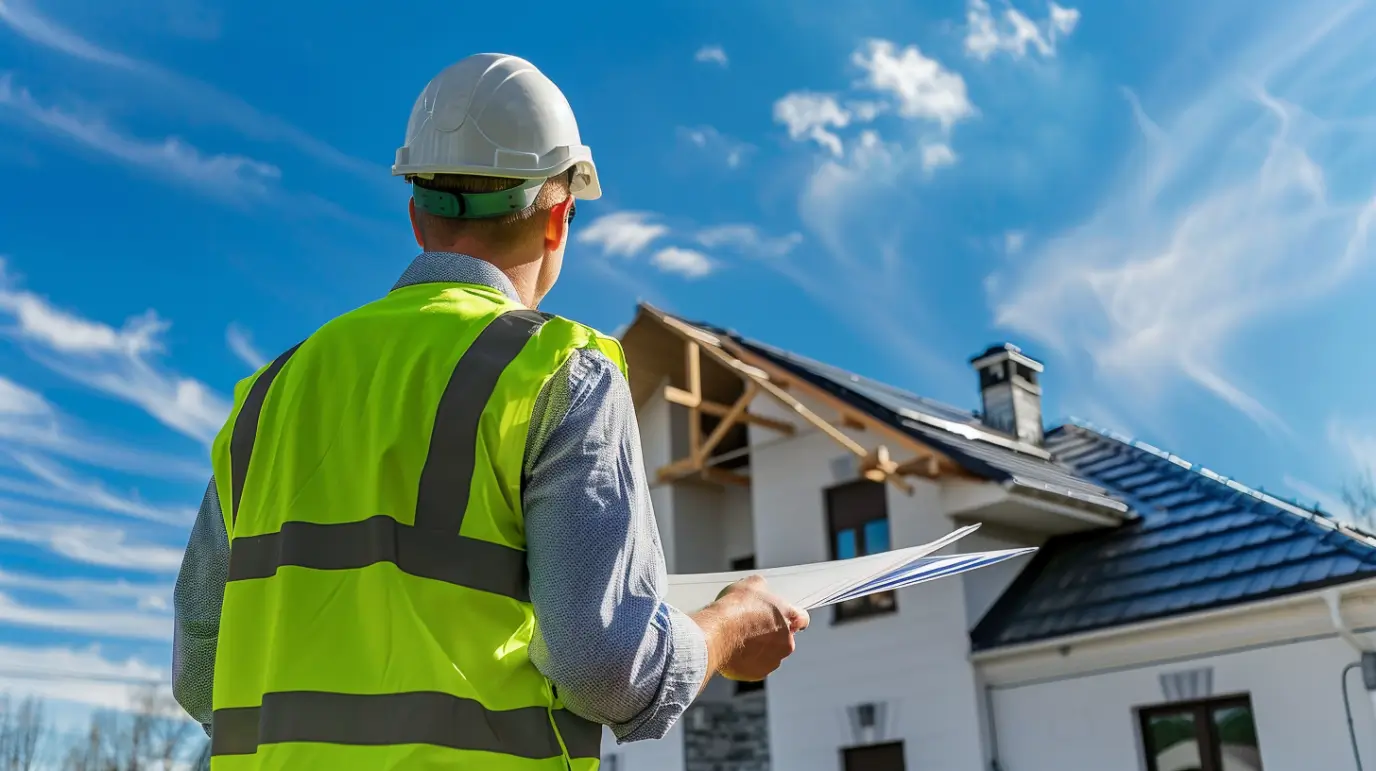Choosing the right roofing system is crucial for both aesthetics and aesthetic appeal preferences, as well as performance. Roof slope significantly impacts water drainage and weather resistance. Commercial buildings often benefit from low-slope roofs, while steep slope roofing systems are common in residential settings. At Burrage Roofing, East Moline, IL, our 30+ years of experience and award-winning partnerships ensure you select the ideal roof slope for your needs.
Understanding Roof Slope: The Basics
Roof slope, or pitch, is the angle at which a roof deck is constructed. It’s essential for functionality and architectural style compatibility. Measured as vertical rise per foot of horizontal length, slope influences material choice and water drainage.
There are two main types: low slope roofs, common in commercial structures or modern designs, and the most common type of steep slope roofs, typically found on older or traditional homes. Understanding these differences helps you select the best option for your low slope roofs or steep slope roofs building.
Contact Us
What Is Roof Slope and Why Does It Matter?
Roof slope is expressed as a ratio, such as 4:12, indicating the vertical rise compared to horizontal foot length and essential design considerations. For instance, a 4:12 slope means the roof rises 4 inches of vertical rise for every 12 inches of horizontal distance. This measurement is crucial as it impacts the roof’s performance and appearance.
Slope affects water drainage; adequate drainage is vital for roof longevity. Low slopes can lead to water accumulation, risking damage, while steep slopes facilitate quick water runoff, preventing structural issues.
Additionally, roof pitch influences property aesthetics. Residential homes often feature steep slopes for enhanced curb appeal and aesthetic advantages, while commercial properties typically have low slopes for easier maintenance and space for equipment. Thus, roof slope is essential for both functionality and visual appeal.
How Roof Pitch Impacts Performance and Appearance
Roof pitch greatly affects your roofing system’s weather performance. Steep pitches enable efficient water drainage, minimizing pooling and leaks. In contrast, low-slope roofs require well-designed drainage systems to handle water.
Pitch also impacts aesthetics. Steep roofs provide a traditional look often seen in residential homes, while low slopes are common in modern commercial buildings, focusing on function over form.
Weather conditions influence pitch selection. Areas with heavy rain or snow benefit from steep roofs for quicker runoff. In urban environments, flat or low-slope roofs optimize space for solar panels and HVAC systems while enhancing contemporary architecture.

Key Features of Low-Slope Roofing Systems
Low-slope roofing systems are common in commercial and industrial buildings, featuring a gentle slope with a slight incline of less than 3:12. They efficiently utilize space for solar panels and air conditioning units, making installation cost-effective because they require fewer materials.
The soft slope enhances energy efficiency and allows for diverse architectural styles. However, the risk of water pooling necessitates effective drainage systems. Despite this concern, their flexibility and compatibility with modern designs make low-slope roofs an appealing choice for businesses and new homes alike.
Common Materials Used for Low-Slope Roofs
Low-slope roofing systems utilize various materials, each offering unique advantages for specific designs. Common options include single-ply membranes like thermoplastic olefin (TPO) and ethylene propylene diene monomer (EPDM), known for their excellent waterproofing and energy efficiency. These materials can be incorporated into a hybrid approach, requiring fewer components, which makes them cost-effective for commercial buildings.
Modified bitumen systems provide exceptional durability and resistance to heavy precipitation through multiple layers. Built-up roofing (BUR) combines asphalt and fabric layers for solid waterproof protection. When selecting roofing materials, consider factors like building square footage, foot traffic, and potential water pooling to ensure long-term performance and minimize structural damage.
Advantages and Challenges of Low-Slope Roofs
Low-slope roofs offer distinct advantages for both residential and commercial properties. They are energy-efficient, facilitate solar panel installation to lower utility costs, and often result in reduced material expenses. Their modern aesthetic complements various architectural styles. However, challenges such as water drainage require precise engineering to prevent accumulation and structural damage during heavy rain. Regular maintenance is essential to avoid issues like leaks and ponding water, although low-slope roofs are generally considered low maintenance options. While low-slope roofs provide numerous benefits, careful design and drainage considerations are crucial for optimal performance and longevity.

Key Features of Steep-Slope Roofing Systems
Steep-slope roofing systems feature a pitch greater than 4:12, commonly found on residential properties. Their sharp angle facilitates quick water runoff, reducing the risk of leaks and water damage.
These roofs complement various architectural features like dormers and gables, enhancing your home’s exterior. Beyond aesthetics, they improve attic airflow for better energy efficiency. Their effective drainage and sturdy construction make them ideal for regions with heavy rain or snow.
Typical Materials Used for Steep-Slope Roofs
Various materials are used in steep-slope roofing systems, each offering distinct benefits and aesthetics. Standing seam metal roofing and asphalt shingles are popular for their cost-effectiveness and easy installation. Clay tiles and slate provide upscale looks and durability, ideal for residential and high-end commercial properties.
Metal roofing, including seam metal options, is favored for its longevity and weather resistance. Wood shakes blend naturally with diverse architectural styles. Choosing the right material is crucial for effective water runoff, reducing water pooling risks, and enhancing overall roofing performance and energy efficiency.
Benefits and Drawbacks of Steep-Slope Roofs
Steep-slope roofs offer several advantages. They facilitate quick water runoff, reducing leaks and structural damage. This design also creates attic space for storage or conversion into living areas.
Aesthetically, steep roofs enhance a home’s curb appeal, potentially increasing property value. However, they come with drawbacks: higher construction costs and the need for additional support in windy areas.
Connect With Us
Understanding the differences between low-slope and steep-slope roofing is vital for decision-making. Each type has distinct features, advantages, and issues that influence your home’s appearance and functionality. Whether installing a new roof or inspecting an existing one in East Moline, IL, this knowledge will guide your choice. At Burrage Roofing, we offer over 30 years of experience with all roofing types. As an IKO Craftsman Premier Installer and BBB Accredited Business, we guarantee top-notch service and quality.Contact our expert team for quotes and ensure your roof stands the test of time.
Read our blog: Fire‑Resistant Roofing Options
Frequently Asked Questions
What type of roof slope is best for homes in East Moline, IL?
The ideal roof slope for homes in East Moline, IL, typically depends on local climate conditions and building codes. Steep-slope roofs can effectively shed snow and rain, while low-slope systems may be beneficial for modern designs. Assess your specific needs accordingly.
Are low-slope roofs more affordable than steep-slope roofs?
Low-slope roofs can be more cost-effective due to lower material and installation costs. However, long-term savings depend on various factors like maintenance and longevity. While the initial expense may be lower, it’s essential to consider overall lifecycle costs for a comprehensive comparison.

